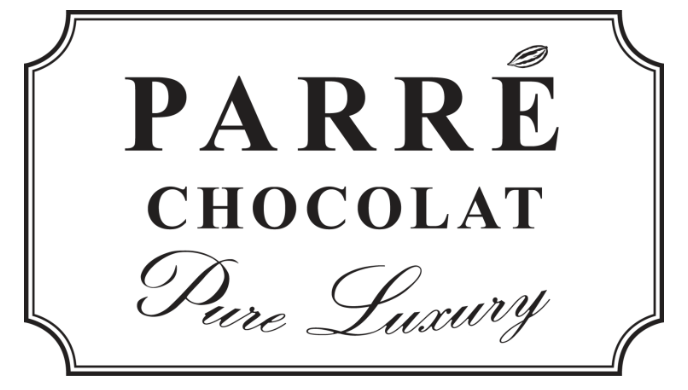In our previous post, we had just finished roasting, winnowing, and refining our cocoa nibs into a smooth chocolate. We will now discuss the next step of conching and what that process does for our chocolate.
Step 4 - Conching
After our cocoa nibs and sugar have been refined to a smooth texture, we send our chocolate into the conching machine. Conching is a very important step in order to further refine the texture and flavor of our chocolate.
You may recall that roasting is our primary method for bringing out flavors in our high-quality cocoa beans. Conching is our secondary method to smooth out the flavor profile.

Typically, three processes are happening simultaneously throughout the conching stage: 1) air flow is introduced to help reduce volatile flavanols, like acetic acid, 2) moisture is gradually reduced so the chocolate becomes more workable, and 3) chocolate particle shapes are rounded and coated with cocoa butter for a smooth tasting experience.
Our state-of-the-art conching machine provides us with a variety of controls to develop our chocolate’s final flavors. For example, we can determine the amount of fresh oxygen that enters our conch machine which will affect the level of acidity and certain types of astringency that remain in our chocolate. We can time the intensity of the mixing arm which will affect the final particle shape and size.
The most important component to conching chocolate is to taste the chocolate as the flavors change throughout this stage from the beginning to the end. At Parré, we hand-temper small quantities of chocolate for sensory analysis to ensure the flavors are developing in the direction we are aiming for.
Don’t just take it from us.
Researchers from the University of Edinburgh's School of Physics and Astronomy are examining the physics of conching. “The science of what makes good chocolate has been revealed by researchers studying a 140-year-old mixing technique.”
This Science Daily article explores the physics and environmental effects of making chocolate. Read more here.
